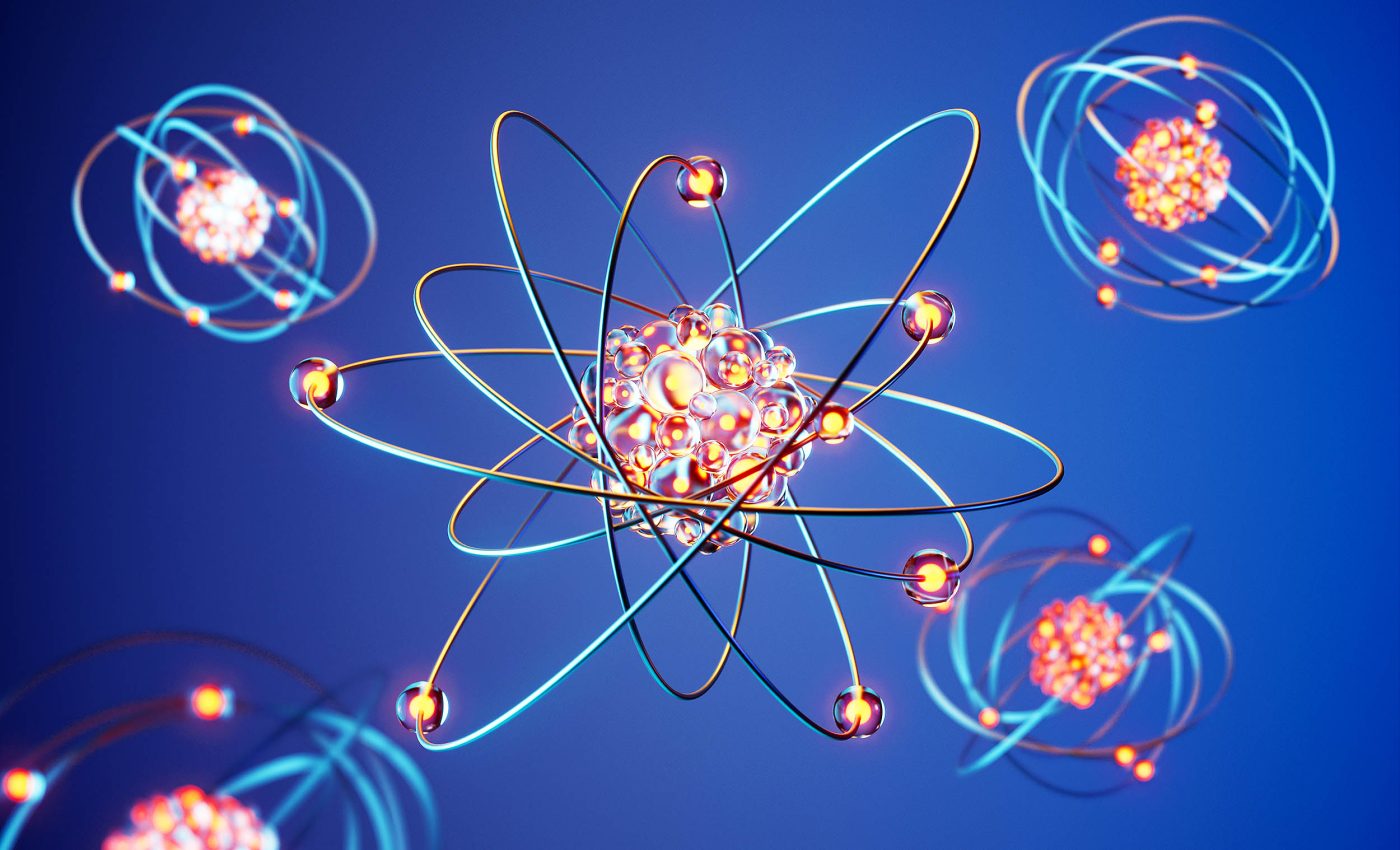
Poorly understood force helps keep atomic nuclei stable
Protons and neutrons stay together in the nucleus and make a stable atomic center, thanks to powerful interactions. For decades, the two-nucleon force was seen as the main player that both attracts these particles and keeps them from smashing too close together.
In a recent paper, researchers have shed light on an overlooked ingredient known as the three-nucleon force.
The research was led by Professor Tokuro Fukui of Kyushu University‘s Faculty of Arts and Science in Japan. The team investigated the ways in which adding a third player to the mix can change how stable an atom’s center is.
Why nucleons matter
Nucleons are protons and neutrons. These particles form the central nucleus of each atom and influence whether an element is stable or liable to break down.
Three forces are thought to operate within a nucleus – the strong nuclear force and the electrostatic force (together known as the two-nucleon force) – as well as the weaker three-nucleon force.
Many scientists trace our modern understanding of nuclear structure to the nuclear shell model, which won Maria Goeppert Mayer a Nobel Prize in 1963.
In that model, nucleons fill specific energy levels, much like electrons do, though the underlying physics is more involved.
Nuclear forces also guide how atoms evolve in stars, where new elements can be created through fusion. This process, called nucleosynthesis, powers the production of heavier atoms that eventually spread through space.
Understanding how nuclear forces shape this process can improve models of stellar evolution and element formation.
Missing force in atomic nuclei
“Scientists have formed a good understanding of the two-nucleon force and how it impacts nuclear stability,” said Fukui, who is the lead author of the study.
Physicists have spent years fine-tuning models that show how the two-nucleon force functions. However, the three-nucleon force, which operates when three nucleons interact at the same time, has remained less well understood.
The recent study suggests this extra force is surprisingly significant in making the nucleus stronger. The researchers used advanced simulations to see how these interactions change energy levels inside the nucleus.
Spin-orbit splitting and nuclear stability
When nucleons line up their spins with their orbital movement, they settle into a lower-energy state. When their spins oppose their orbits, they climb to a higher energy state.
The differing energies form distinct shells. The study revealed that the three-nucleon force cranks up the energy gap between these shells in larger nuclei.
“This effect is so large that it has almost equal weighting to the impact of the two-nucleon force,” noted Fukui. In carbon-12, which carries 12 nucleons, this gap increased by a factor of 2.5.
Impact of this force on heavier nuclei
Heavier atoms have more nucleons, so these interactions become even more critical. If the nucleus has a stable arrangement – sometimes referred to as a magic number configuration – stacking on more neutrons becomes challenging.
When elements fuse inside stars, increasing stability in the nucleus makes the next step of capturing extra neutrons harder. As a result, certain elements might form more slowly or under special conditions.
This research could also impact nuclear physics applications, such as predicting isotopic stability, understanding radioactive decay, and refining nuclear energy models.
These findings may help design better reactors or improve predictions about rare isotopes found in cosmic events.
Unexpected quantum twists
Another outcome relates to quantum entanglement, a phenomenon better known in electrons and photons. With the three-nucleon force in play, two of the three nucleons can exist in mixed spin states until observed.
This entanglement hints that nucleons might not be so simple to pin down. It raises fresh questions about how these spin states might be measured or harnessed.
Similar effects in quantum computing use entanglement for information processing, and researchers wonder if nuclear systems could contribute to future quantum technologies.
Future research directions
Scientists plan to extend these investigations to elements heavier than carbon. More nucleons likely strengthen the three-nucleon force even further, possibly making some atomic nuclei more stable than current models suggest.
These findings could improve predictions for stellar fusion pathways. By refining how we model nuclear interactions, researchers hope to predict which elements form under different cosmic scenarios.
The study is published in the journal Physics Letters B.
—–
Like what you read? Subscribe to our newsletter for engaging articles, exclusive content, and the latest updates.
Check us out on EarthSnap, a free app brought to you by Eric Ralls and Earth.com.
—–













